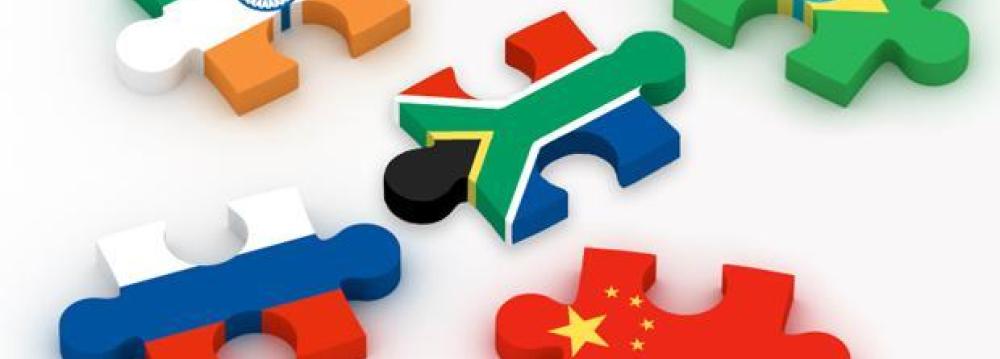At the 2014 BRICS summit in Fortaleza, Brazil, the group announced its impatience with failed reform within the International Monetary Fund: “We remain disappointed and seriously concerned with the current non-implementation of the 2010 International Monetary Fund reforms, which negatively impacts on the IMF’s legitimacy, credibility and effectiveness.”
Leaders of the emerging economies of Brazil, Russia, India, China and South Africa (BRICS) have expressed the need for reform in the Bretton Woods institutions, Forbes reported Tuesday.
Collectively, BRICS account for nearly $16 trillion in GDP and 40% of the world’s population. These countries have drafted amendments to the IMF’s voting policy and have yet to receive a sufficient number of votes.
At the summit, Brazilian President Dilma Rousseff stated the BRICS nations “are among the largest in the world and cannot content themselves in the middle of the 21st century with any kind of dependency.”
Last June, Sergey Glazyev, Vladimir Putin’s chief economic advisor, published an article outlining the need for an international anti-dollar alliance. He called upon allies to eliminate the dollar from international trade and trend toward depleting them from currency reserves. Recent dollar-less BRICS energy deals, currency swaps and foreign direct investment indicate that trend is taking place.
This year’s summit marks the establishment of a $100 billion dollar liquidity reserve and a $50 billion New Development Bank (NBD) in Shanghai. As each country acts to maximize its own utility, the emerging economies of the BRICS nations will create a paralleling international financial system ultimately challenging the hegemony of the current western-dominated system.
Agreement
On July 15, the leaders of BRICS signed the articles of agreement for the NDB, and a treaty for the establishment of a contingency reserve arrangement (CRA) in their first effort to balance the world financial order.
While the CRA is intended to relieve liquidity pressures in times of crisis, the bank will be used to facilitate infrastructure investment and promote sustainable development in nations facing financial constraints—something the BRICS nations believe needs more international capital than it is receiving.
The CRA is a $100 billion enterprise with initial capital contributions reflecting each countries stake in global GDP. The bank will start with an initial paid-in-capital of $50 billion, each BRICS country contributing $10 billion.
These shares of capital stock in the NDB not only represent equity of the contributing member, but represent a country’s direct representation in decision-making.


